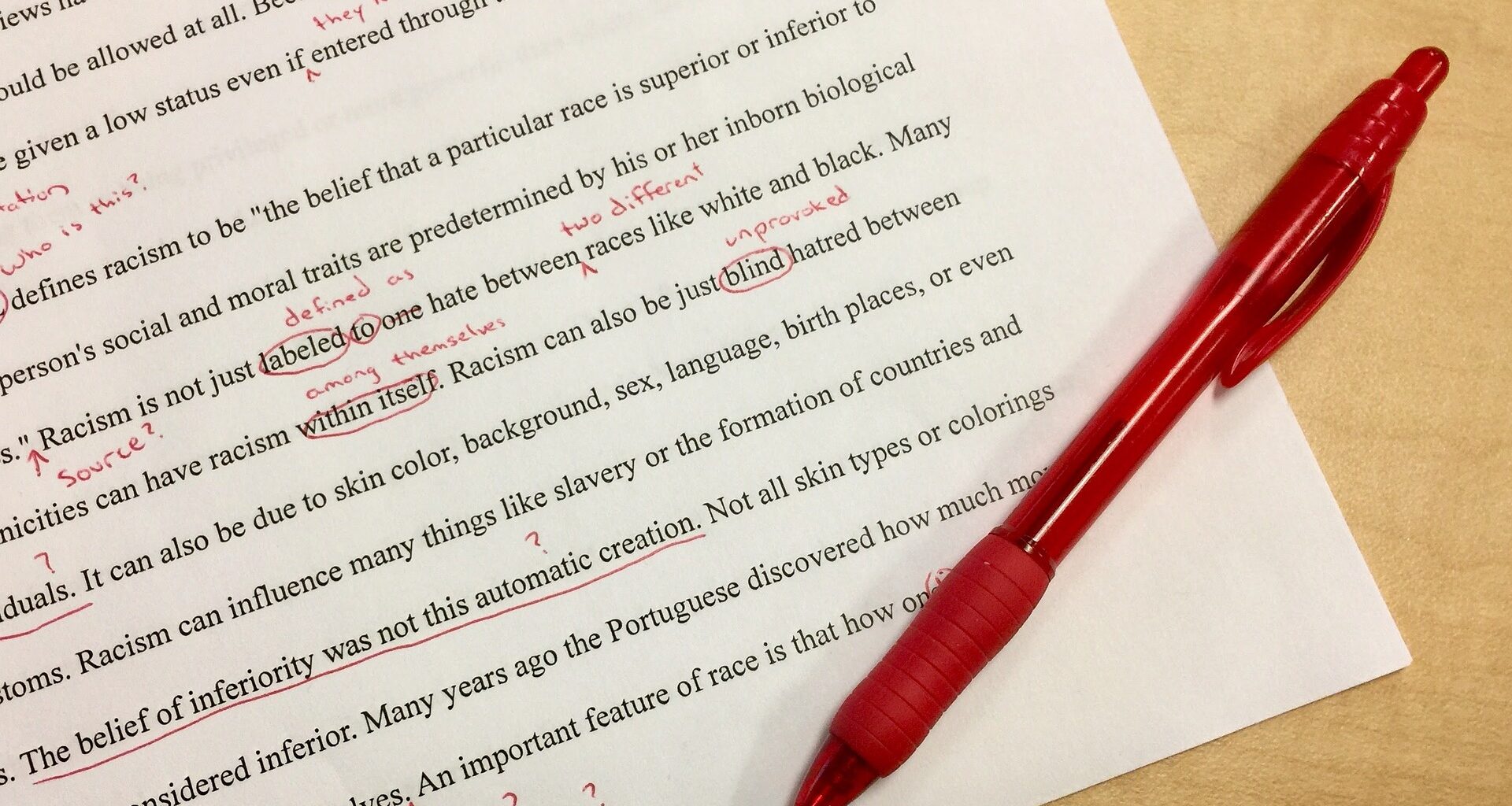It takes me, on average, about an hour to write a minute’s worth of blog prose. That is, as most posts here take only 3–4 minutes to read, they correspondingly take about 3–4 hours to write and lightly edit. Coming up with topics, of course, takes anywhere from a couple of seconds in the shower, to slamming my head against a writer’s block for weeks on end.
This is in no way unusual. Creative activities do take an astonishingly long time for the minuscule amount of output—even my kids in second grade are learning, through their creative writing exercises, the difficulty in putting together coherent sentences on paper, and that’s before teachers and parents ask for revisions. Music takes time to write, play, and produce; television series and movies sometimes take years to film and edit to consume in a matter of hours; a good day of programming may only produce a few dozen lines of code. The time is spent understanding, simplifying, creating, revising, editing, and removing—until only the good parts remain1—and it’s this process of distillation that makes the work worth others’ time and attention.
That said, there are other forms of media that eschews most of this production, where creation happens in near real-time and with much less preparation and editing: daily news shows; talk shows and conversational podcasts; Twitch streams. The patterns of creation and consumption are a bit different as well, where it’s more about outputting high quantities of content on one side, enabling more passive viewing and listening on the other. Think podcasts while doing the dishes, or having the 24/7 news channel on the television screens at the airport.
The difference comes down to quality versus celebrity. I’d like to think that most creators respect the asymmetry inherent in the act of making something good, that it’s these tedious steps of refinement that makes their work worth the effort. The image in my head is a marble sculptor, slowly but steadily chipping away at a giant block, being careful to remove tiny pieces at a time to retain a recognizable shape; we all intuitively understand that it takes massive amounts of skill and time to make rock look like cloth.
For the celebrities and those looking to become famous, however, creation is really just a means to that end and so there’s no asymmetry because there’s no concern for quality. Although our age of social media has produced a couple of celebrities native to online platforms in the form of YouTube stars and Twitch streamers, I posit that the majority of successful online creators carried their audience from other, more traditional mediums like film or music or trashy TV shows. Plenty of kids are enamored with the idea of creating their own celebrity via quantity2, and in a sign of our times, there’s an app that wholly encapsulates this dynamic by directly monetizing fame.
And since I’m exceptionally bad at self-promotion, I’m pretty much stuck writing one torturous tedious wondrous sentence at a time.


